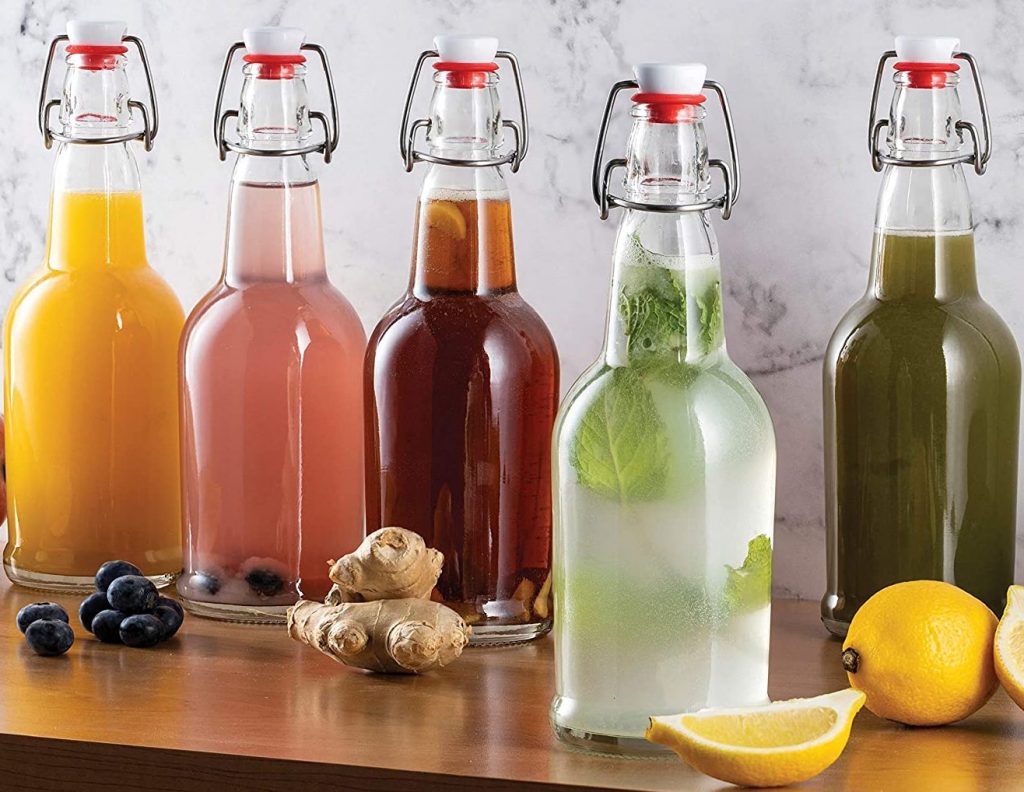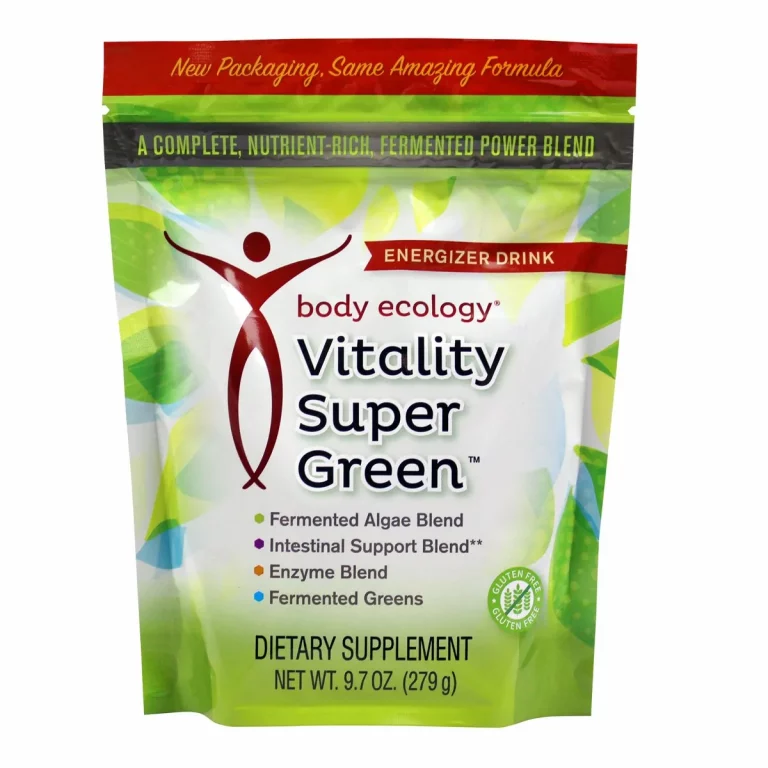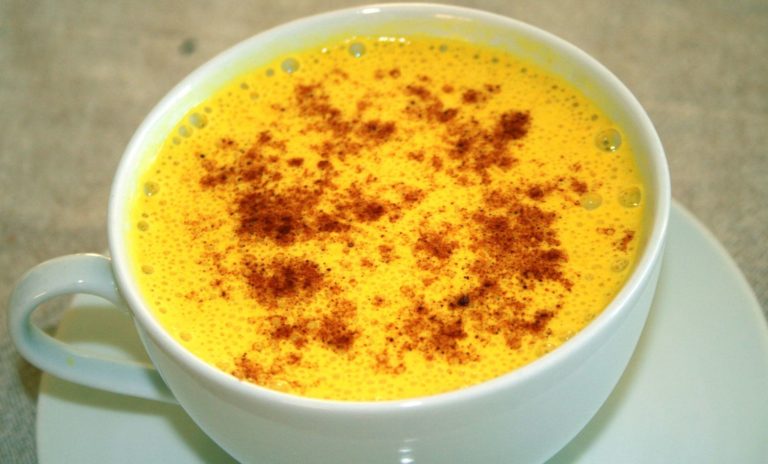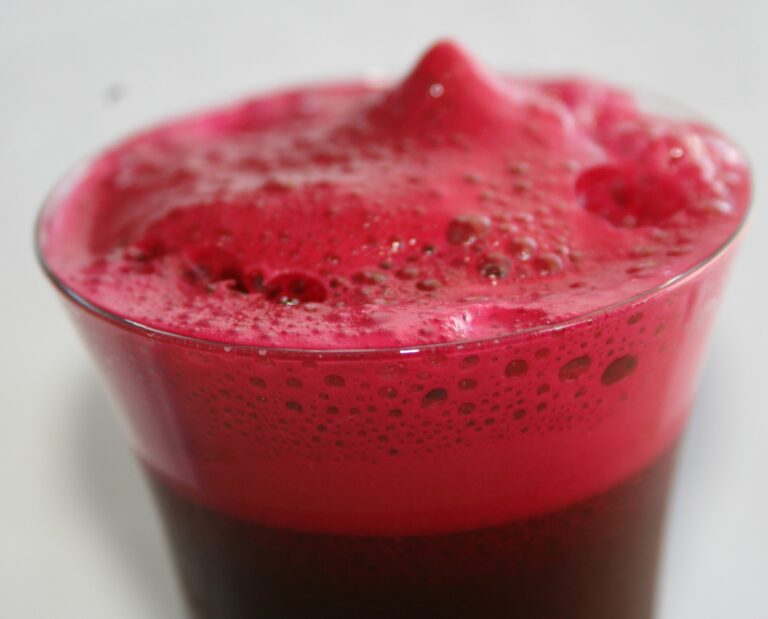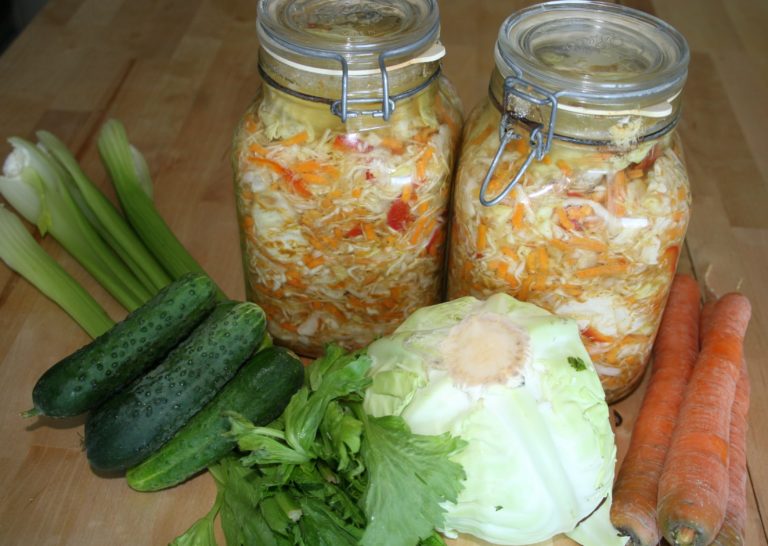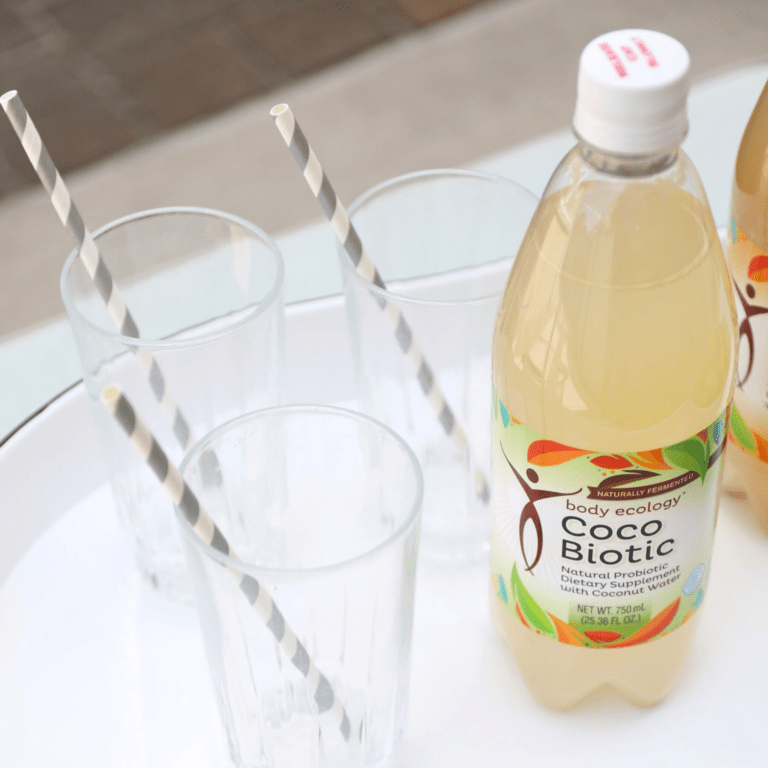Fermented Birch Sap | How to Make it Sparkling
Fermented birch sap is very popular in places like Eastern Europe. As spring arrives, the beauty of nature is broken by bottles and buckets hanging from branches and tree trunks, mainly in birch and maple trees.
The bottles are slowly filled with the clear, slightly sweet, watery birch or maple sap. The sap is slightly sweeter if the winter is cold. The juice is wonderful to drink fresh, though some like it better fermented. Fermented birch sap is tangy and refreshing when served cold. Fresh birch sap is sold on markets and in shops for the short season. Fresh sap does not keep long so some sellers keep much of it frozen and gradually thaw what’s needed.
Fermented birch sap surprisingly tasty

You might get a pleasant surprise when tasting fermented birch sap for the first time. While fresh birch sap is slightly sweet, when fermented it turns crisply dry, tangy, and slightly sparkling.
Some years ago, a farmer producing fermented birch juice in Latvia appeared at the World Organic Food fair in Germany. He received so many orders that he had to turn away most of them as he was short on birch juice. People were amazed at the refreshing taste.
Properties
Interestingly, fresh birch juice has a similar chemical profile as coconut water. Tree sap contains a number of micro-nutrients as electrolytes. Birch sap is also structure water. Tap water is H2O but structured water H2O3.
Birch sap contains:
- Saponins (phytochemicals)
- Phytohormones
- Essential oils
- Amino acids
- Phytoncides
- Proteins
- Minerals
- Enzymes
- Sugars
Fermenting tree sap was originally a way to preserve the juice. But it has been discovered that during fermentation, several new compounds are created.
Summary: Birch sap is pure and refreshing, a real thirst quencher rich in electrolytes.
How to ferment birch sap
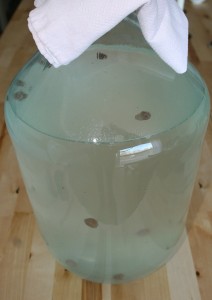
Fresh birch sap naturally contains microorganisms that will start to ferment the juice in a few days at room temperature. A sign of this is that the clear sap turns cloudy. The fermented juice can be enjoyed right away or used to produce a fizzier drink.
Here’s one way to produce fizzy fermented birch sap. Basically, adding sugar promotes more bubbles.
- Pour fresh (or slightly fermented) birch sap into a clean bottle that can be tightly closed
- 1 teaspoon sugar per quart of birch juice
- A few raisins (support fermentation)
- 1 clove (prevents mold)
- 1 small black currant branch (great taste)
- Leave the sap to ferment at room temperature; in 5-7 days it should turn tangy and bubbly.
- Store in a cool place for another 15-20 days.
Try a different taste in each bottle, like peppermint, lemon, ginger.
Sparkling birch sap
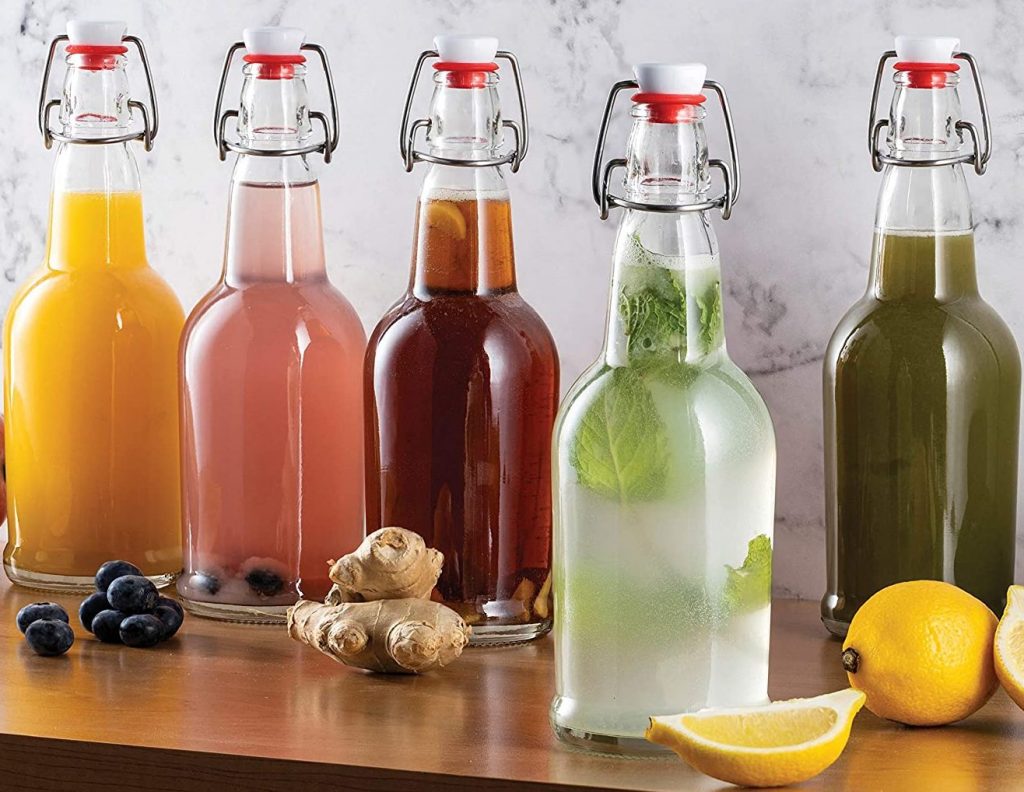
For even more bubbles, add more sugar.
- 1 quart fresh (or slightly fermented) birch sap
- 2-3 teaspoons sugar
- 4-5 raisins
- Citric acid (or a small piece of lemon)
Preparation: Add sugar, raisins, and a little citric acid to a bottle that can hold pressure. For this recipe, bottles with swing tops are great (image above). These bottles are also prefect for making kombucha and beer. Fill the bottles with fresh birch sap, but not completely full. Close the bottle and store. After 15-20 days, it should be ready to drink. Both fresh and fermented birch sap are hard to resist.
FAQ
Yes, fresh sap can turn yellowish or light brown and develop a bad smell and taste.
At least a few weeks, maybe longer depending on the temperature. You can also freeze the fresh sap and take it out when you need it. It will still taste fresh.
Properly prepared and stored in air-tight bottles, it should keep for months in a fridge.
